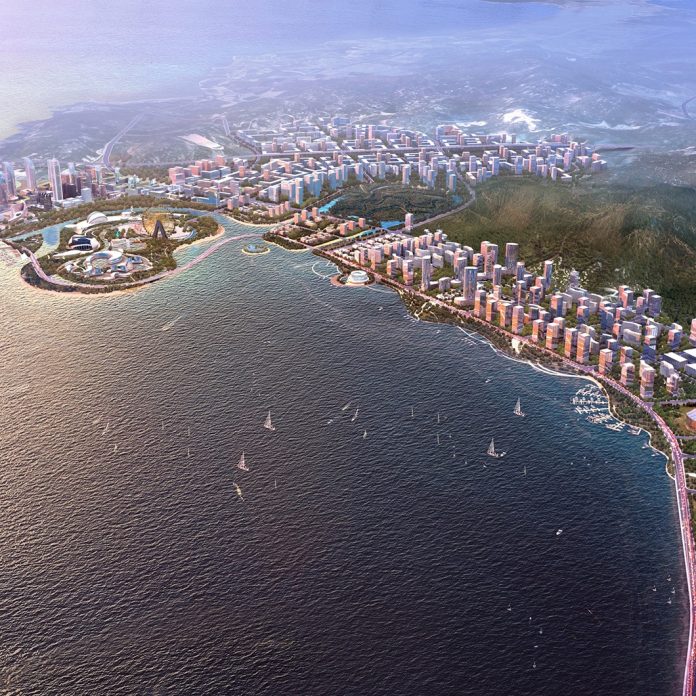As first Real Estate Investment Trusts (REITs) attract investors, CITIC shows what may be in store.
The long-awaited launch of China’s first Real Estate Investment Trusts (REITs) has been heavily oversubscribed despite strict limits on their focus. That investor excitement may still be well-founded, however, especially if the unofficial first REIT – born back in 2014 – is anything to go by.
When CITIC Securities launched the Qihang Specific Asset Management Plan in 2014, it was not like most REITs around the world. It was only open to investment through a closed systems reserved for a small number of institutional investors. It also offered fixed returns more akin to other Chinese banking systems rather than conventional market-run REITs but that didn’t stop CITIC growing a thriving real estate investment portfolio.
While CITIC itself started as a major industrial conglomerate, it has become a huge urban renewal, property development and asset manager. The CITIC City property portfolio now includes residential developments, retail, leisure and holiday resorts, all deploying its ‘finance + industry + real estate’ business model on a conventional REIT scale. Optimistic investors, however, might hope their new REITs transition from industrial to commercial REIT activity on the gigantic scale of some of the mega-projects that CITIC is involved in.
Shantou·Binhai New City
One such project is the Shantou·Binhai New City, which involves a total investment of over 50 billion yuan and 168 km2 of development that will take place over 25 years. As part of this programme, CITIC is involved in:
- Nanbin. The Nanbin area is located on the southern shore of Shantou Bay and the northern coastal zone of Haojiang District. It amounts to a planned 12km2 of development space for major urban centre.
- Chaoshan History and Culture Expo Park. Composed of Chaoshan History and Culture Expo Center, Chaoshan Historical Customs Commercial Street, and Chaoshan Cultural Park, this has been designed by Master He Jingtang and will amount to a 70,000 square meter destination once developed.
- Ocean Theme Park and Sports Park. Ocean theme park will be located on the northeast side of Nanbin area, transformed from the original Huaneng Power Plant. Meanwhile, down the road, an original diving hall will become the centre of a sports park providing leisure sports facilities, urban entertainment and commercial sport.
- The Bay Tunnel project. One of the key projects of the new city construction, the tunnel has a total length of 6.8km, including around 5km of which are underwater. The single-hole tunnel has a cross-section of 15 meters and provides for a two-way six-lane highway.
- Mangrove Park. The southern core area of the Mangrove Park, with Bijia Mountain in the west and Shantou Bay in the north, will serve as a unique 100 hectare park for the new city.
The new REIT restrictions
The nine new REITs in China look set to achieve their present $5.3bn funding ambitions comfortably, which demonstrates the demand for REITs in China. After all, that demand comes despite strict limits on how it can be used.
The present financing will go to the construction of two highways projects and industrial and logistics parks and it is expected that conventional infrastructure like this will remain the focus for some time. They are barred from entering residential, retail or commercial property markets.
If the new REITs prove successful however, it may be only a matter of time before the wider $3tn property sectors open up too, potentially enabling the new REITs to replicate CITIC’s success.


















